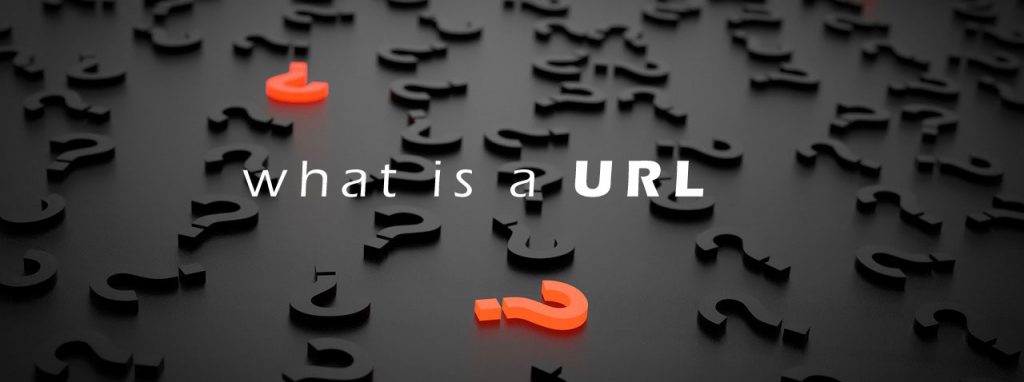
Uniform Resource Locator (URL) is often described as an identifying resource on the Internet. The URL was created by Tim Berners Lee in 1994.
Parts of a URL
A URL has a scheme name, also called protocol, followed by colon, two forward slashes, a domain name or IP address and a port number. The purpose of the scheme name is to define the namespace, syntax and the purpose of the other part of the URL. A software processes the URL by its context and scheme. For instance, if you type https://xyz.com:80, the web browser will reference the URL by sending an HTTP request to the xyz.com host through port number 80. Likewise, if you type the URL mailto: admin@xyz.comThis e-mail address is being protected from spambots. You need JavaScript enabled to view it , the email composing application on your PC may launch to execute the said task, with the email address admin@xyz.comThis e-mail address is being protected from spambots. You need JavaScript enabled to view it listed in the “To” field. Some other scheme names include ftp, https, gopher and ways. An https scheme ensures that the requests and responses are only made across a secure connection to the site. For schemes that require greater security, authentications in the form of username and password may be embedded. The domain or IP address used in the URL points the location where the requested web page or website exists on the internet. For instance, the domain “facebook.com” is the address of Facebook website. Domain names are not case-sensitive. It is optional to enter the port number. If you omit the port number, the default port for the scheme will be used. For http scheme, 80 is the default port number, whereas for an https scheme, the port number is 443.
What is URL
: Absolute VS Relative? When you have uploaded a Web document or image, you will need to think how to best link to them. Generally, there are two accepted ways of creating links:
- Absolute paths
- Relative paths
Absolute URL
As the name suggests, absolute URLs refer to a specific location that includes the domain name. For instance, the absolute path to a document can be: https://xyz.com/sports/football.html.The absolute path is typically used to point to elements of a web which are on a domain other than your own. On the other hand, if you refer to an element that is on the same domain, you do not need the domain name in the path link. For this, you can leave the domain but just include a slash after the domain name. When using the absolute path, do not include the domain name to ensure that the image or link can be accessed, regardless of where the page is. If the code is shared across multiple pages of the same website, use of absolute paths can help you quicken the maintenance.
Relative URL
A relative URL changes depending on the page the URL is located on. When creating a relative URL, several rules come into play:
- Sub-directories are not preceded by any slashes
- Links in an upper-tier directory will be listed as “…/file-name
- Links in same directory do not have any path information
For more information on URLs and web pages, visit the Web Design FAQ section of Flying Cow Design.com
CEO, Flying Cow Design
Attended University of Auckland
Lives in San Francisco Bay Area










